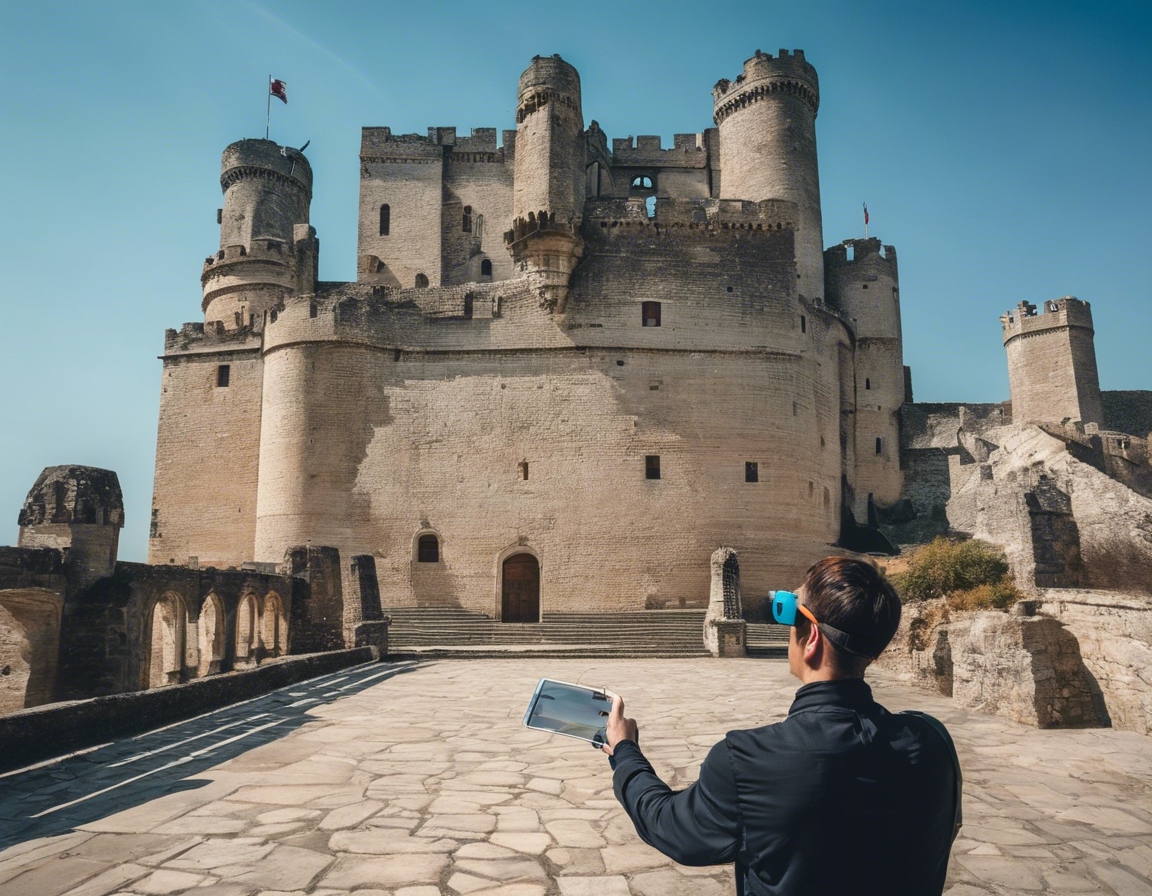The future of museums: interactive exhibitions
The museum experience has been undergoing a significant transformation, moving away from static displays to become more dynamic and engaging. Interactive exhibitions represent the forefront of this evolution, offering visitors a chance to immerse themselves in history, art, and science in ways that were once unimaginable.
Traditionally, museums have been custodians of culture, preserving artifacts and educating the public through their collections. However, the digital age has prompted a shift towards more engaging and participatory experiences, with interactive exhibitions leading the charge.
Interactive exhibitions are designed to engage visitors on multiple levels, using technology to create hands-on, immersive experiences. They often incorporate elements such as touchscreens, augmented reality, and interactive installations that respond to the visitors' actions.
The Role of Technology in Interactive Exhibitions
Technology is the backbone of interactive exhibitions, providing the tools needed to create immersive and personalized experiences.
AR and VR technologies allow museums to create lifelike simulations and 3D environments, transporting visitors to different times and places. These technologies can make exhibits come alive, offering a new dimension to storytelling and learning.
Interactive displays and touchscreens enable visitors to explore collections in depth, accessing detailed information about artifacts, participating in quizzes, or even creating their own digital art.
Mobile apps can enhance the museum experience by providing audio tours, scavenger hunts, and interactive maps. Gamification elements can make learning fun and engaging, especially for younger audiences.
Benefits of Interactive Exhibitions
Interactive exhibitions offer numerous benefits, from deepening engagement to making museums more accessible to diverse audiences.
By actively involving visitors in the learning process, interactive exhibitions can increase retention and understanding of complex subjects.
Technology can make exhibitions more accessible to people with disabilities, offering alternative ways to engage with content.
Interactive technology allows for personalized experiences, where visitors can choose their own paths based on interests and pace.
Challenges and Considerations
While interactive exhibitions offer many advantages, they also come with challenges that need to be addressed to ensure their success.
Museums must balance the use of technology with the need to preserve the authenticity of their collections and the stories they tell.
Keeping up with rapidly changing technology can be costly and requires ongoing maintenance and updates.
Effective interactive exhibitions require well-trained staff who can facilitate engagement and assist visitors in using new technologies.





Comments (0)